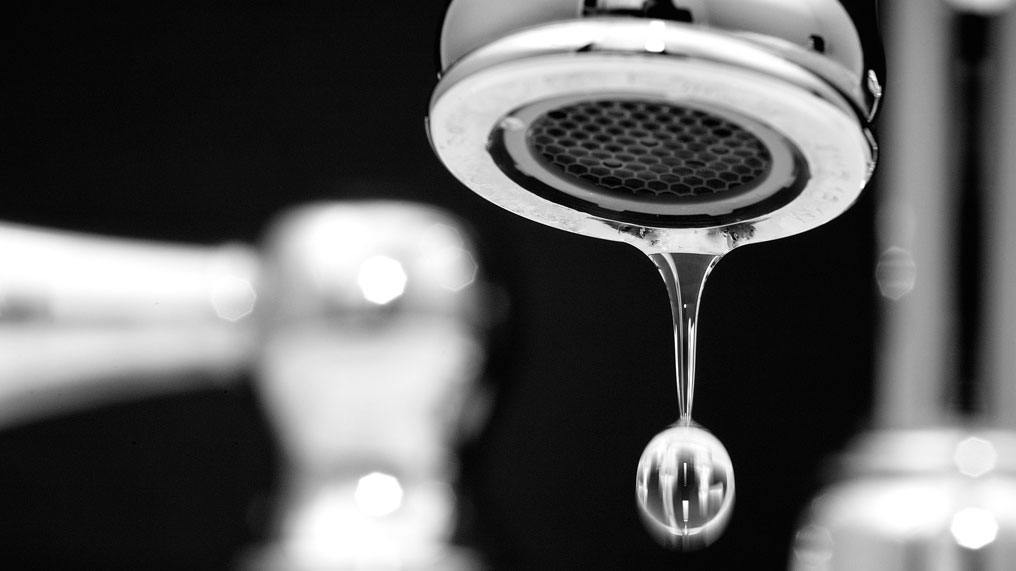There's never a good time for a toilet to become blocked, so when the worst happens you’ll want to make light work out of a potentially big job.
It’s easy to panic and grab the toilet brush to use as an impromptu plunger, but with water rising and the blockage seemingly immovable, you’ll want to take calm steps towards clearing out the clog with minimal mess and fuss.
Whether you decide to tackle the blockage yourself or call in a plumber will depend upon factors including time, cost and urgency. If you are keen to deal with the blockage swiftly, however, the good news is these simple tips can help you resolve your plumbing problem without the need to call for back up.
What to do when your toilet is blocked
If you have a blocked toilet, the first rule is not to panic – even if you’re in a hurry, guests are arriving any minute, or the estate agent is about to pop round. It can be alarming when your toilet is blocked and nothing’s going down, but these steps will help you get to the bottom of the problem.
The plunging approach
Plungers can help deal with about 90% of clogged toilets so it’s worth beginning here first.
-
Close the flapper: If you’ve flushed once already and nothing’s happening, whatever you do avoid the temptation to flush a second time and risk the nightmare of an over-flowing toilet. The first thing you’ll need to do is lift the lid of your toilet tank and close the toilet flapper with your hand. Don’t worry! The water in the tank is perfectly clean. Look out for a circular drain stopper attached to a chain. This is the flapper. Closing it will prevent more water entering the bowl.
-
Protect the area: Rather than grabbing frantically at nearby bath towels or unspooling metres of toilet paper, place newspaper or paper towels around the toilet to catch any splashes or drips. It’s also a good idea to open a window or switch on the extractor fan to assist with expelling any unwanted odours that may emerge.
-
Protect yourself: Don rubber gloves to protect yourself from germs. Ideally you’ll want gloves that go right up to the elbows. Things may get messy, so wearing old clothing is also a good idea. Have a bucket on standby so you can dispense with any blockages that you may need to pull up rather than push down.
-
Don’t reach for the plunger yet: If there’s a clear obstruction (for instance, your child has dropped a toy into your loo) then the obvious step is to retrieve this with your rubber gloved hands.
-
Choose the right tools: If your manual approach is unsuccessful then the plunger is the next step. It’s useful to have a plunger as part of your domestic plumbing arsenal, but there are bog-standard plungers and then there are high-quality, heavy-duty plungers. Choose a plunger with a fold-out rubber flange which creates a secure seal. If you don’t have one of these then securing an old rag around the plunger will help. You can soften the plunger and make it pliable by first running it under hot water.
-
It’s all in the method: The plunger needs to completely cover the hole and should be entirely submerged to be effective. You can always add water from the sink to the loo if you have to. Slowly at first, push and pull the plunger over the hole pulling up sharply to dislodge the clog or loosen it. Increase the plunging action with more vigour and you will notice the water begin to drain. Be prepared to allow 15 minutes or more for the blockage to subside.
-
Check your drainage: It may be that your activity drains the bowl but the clog remains. Flush the toilet to check the drainage. If the clog remains then leave the plunger in and refill the bowl with water to its usual level, then begin plunging again. It’s possible you need to persist with this activity until you’re confident the clog has subsided.
Hopefully by now you’ll have a free flushing toilet, but there are other methods you can try to deal with stubborn blockages.

Other ways to unclog a toilet
On the whole, plunging is the best way to unclog a toilet, but if the blockage remains then don’t fear. If you have a temperamental toilet that clogs easily because it can’t handle too much waste, you can use a combination of half a gallon of hot water with baking soda and vinegar as an alternative to commercial drain cleaner. It’s an environmentally-friendly yet hardworking alternative to a chemical drain cleaner.
The quantity is important as the weight of the water will help to dislodge the clog. The water must be hot but not boiling otherwise it can crack the porcelain. Here’s how to clear a blocked toilet if plunging fails.
-
Create a chemical reaction: The first step is to pour a cup of baking soda and two cups of vinegar into your toilet. The reaction between the two substances will create a fizzing that will help disperse soft obstructions.
-
Pour water from waist height: Simply pouring the hot water from waist level directly into the bowl avoiding the rim can create enough force to push an obstruction down. Allow the drain cleaner to stand overnight to work on any organic matter.
-
Deploy the plumbing snake: The next day, give your toilet a flush. If it is still blocked on the second flush then it may be your have a hard obstruction. If this is the case you can use a wire coat hanger to retrieve it or you can buy or borrow a plumbing snake (also known as a ’flexible cleaning tool’ or an ‘auger’). Professional plumbers tend to use ’closet augers’.
-
The twist approach: The purpose of a plumbing snake is to push it further into the waste pipe until you meet the obstruction, at which point you should aim to twist the snake through the obstruction to break it up into smaller pieces. If then the water drains, give the toilet a flush to see whether it continues to drain as it should. The snake has a hook at the end for the purposes of retrieving accidentally flushed objects, like kids toys.
How to unblock your toilet if all else fails
If your plunging, chemical and snake approaches fail, then it might be that you have to take further action that might involve pulling up and disassembling the toilet, and removing it from its mounting ring (being sure to turn the water supply off first). This will usually solve the problem. Be sure to buy a new wax ring and mounting bolts to reseal the toilet once your work is complete.
If problems persist or you discover water coming up through other drains in your home then it could be time to call the plumber who will deal swiftly with any major blockages. Plumbers are not only fast-working but having a professional response to your toilet crisis is a relief.




